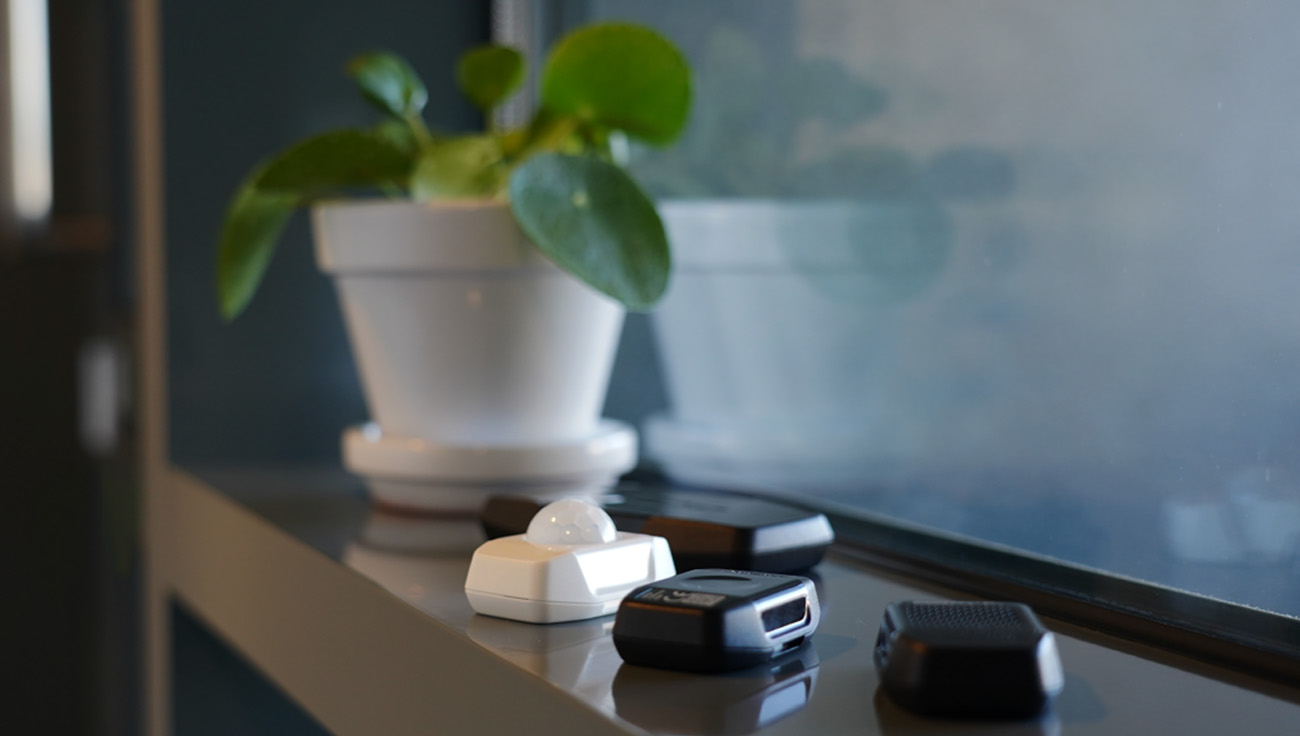What are the common technologies in IoT devices?
Creating business value using IoT systems requires a combination of many key factors. Technologies such as sensors and connectivity are key to creating a useable network of data, however, application and an effective data center infrastructure are also key. Similarly, a primary objective should be ensuring these smart functionalities create true value and efficiency for the companies implementing them.
Sensors enable buildings to collect data on their environment and operations and react to this in real time. Sensors are arguably the backbone of smart buildings, as they equip them with the smart senses it requires to collect crucial data. A variety of sensors can be implemented to achieve different application objectives.
The Benefits of IoT Device Integration
There are some standout benefits when integrating smart management systems into commercial buildings and office spaces. When utilizing the technology to its full potential, IoT sensors supply efficient energy management solutions, a pressure that building managers struggle with as energy costs rise and sustainability targets increase.
Smart thermostats, triggered by sensors, can be used to monitor indoor and outdoor air temperature, humidity, and the presence of people in a room. This data can be used to intelligently control the heating, ventilation, and air conditioning (HVAC) systems inside buildings to ensure room temperatures are controlled to the nearest necessary degree, only heating or cooling when strictly necessary. Smart meters and electric plugs also enable more precise monitoring of energy consumption throughout a building, by detecting high-energy devices and reacting to reduce their consumption in real-time.
Another benefit is the ability to ensure equipment is running correctly, preventing unnecessary maintenance. Instead of implementing routine human inspections, connected sensor technology can provide a more in-depth understanding of the technology maintaining, and being utilized in, a smart building or office space. Equipment such as temperature, power, and sound can be monitored to ensure zero wastage. A great example is the running of ventilation fans in commercial buildings, sensors can identify and report on mechanical lifetime and detect issues to trigger preventative maintenance.
One of the biggest benefits of deploying smart building solutions is access to real-time data. This insight allows business managers to make actionable predictive decisions, reducing the margin for error or potential waste. Implementation of smart sensors ensures user safety, as reports are generated to monitor issues such as fire alarms, office air quality, structural integrity, and potentially dangerous chemical detection for industrial buildings. Real-time data on occupancy, geolocation, and foot traffic can also be used to identify spatial usage patterns and inform space efficiency optimization. In addition, equipping occupants with access badges provides security and attendance insight, allowing efficient intrusion management without 24/7 onsite presence.

Key IoT Technologies
As you can see, sensors are a key factor in ensuring efficient and effective IoT integration, but how do they work? A sensor (or transducer) is a device tasked to detect changes in its immediate environment, for example, temperature, light, air humidity, movement, presence of chemical substances, and more, and translate these into electrical impulses.
Contrary to this, an actuator (or ‘mover’) interprets these electrical impulses, sent from a central control system, and converts them into mechanical motion. Examples include opening and closing valves, changing device positioning, or activating devices to emit sound and light.
Collecting data on a building occupants’ presence, location, number, and movements are essential for ensuring efficient performance of building subsystems such as lighting, HVAC, safety, security, and facility management.
There are a few ‘core’ sensor types required to provide the basic data for these. Proximity and motion sensors are used to detect occupancy, whilst light, temperature, humidity, and chemical sensors are used to monitor environmental experience and energy efficiency. Additional sensors are used to monitor acoustic and water levels, ensuring safety and comfort for building users.
Proximity IoT Sensors
Using electromagnetic radiation beams, these sensors detect target objects and determine the distance that separates them. For example, to monitor the human presence and therefore occupancy within a smart building at any one time, or to monitor parking availability for those using the building.
Motion IoT Sensors
Motion sensors have soon become commonplace in smart buildings and are well-known for their reliable monitoring from intrusion and burglars. However, they are more recently applicable to aiding energy management solutions, smart cameras, automated devices, and more.
Light IoT Sensors
Light sensors are used to adapt streetlights or urban lighting levels for the increased economy but are not yet a regular occurrence in smart city applications. Our smart TVs, mobile phones, and computer screens can adjust their brightness thanks to light sensors, similarly, on a larger scale sensors can help adapt to their environment, for example, lamps that switch on automatically after dark.
Temperature IoT Sensors
One of the more basic sensor types is a temperature IoT sensor. Useful for any case where monitoring thermal conditions of air, work environment, machines, or other objects is vital. Within smart buildings, temperature sensors can be used to maintain efficient temperatures based on external and internal factors such as weather, footfall, and machine use – for example in office spaces.
Humidity Sensors
Humidity sensors are commonly found in both industrial and residential HVAC systems. They measure water vapor in the atmosphere, translating this into data that can effectively control air temperature systems in response to human presence and cost-efficiency.
Chemical IoT Sensors
These sensors are used to detect chemical compounds and have become essential in industrial security systems as well as informing environmental protection solutions and in-depth scientific research. Used in IoT systems to support air quality monitoring, helping cities detect and prevent potentially harmful air and water pollution.
Acoustic IoT Sensors
Smart acoustic sensors allow us to monitor noise levels in a certain environment. Acoustic IoT sensor systems are gaining popularity in smart building solutions, as they allow data collection which can inform and prevent noise pollution, an important factor for future city planning.
Water Level IoT Sensors
Water level monitoring sensors can detect and prevent natural disasters, using the data collected to analyze risk and signal flood warnings. This sensor is used in a variety of industrial applications to control and optimize manufacturing processes, as well as for environmental protection both public, for smart cities, and private within commercial properties.
Haltian has a multitude of IoT devices, learn more about them:
Haltian IoT devices solution
IoT Actuators
Actuators, or ‘movers’, act in response to their immediate environment to correct the operation of the machines or devices they inhabit. Despite being minuscule, the impact of their work can be felt in vehicles, industrial machines, and other electronic equipment reliant on automation. Based on their construction pattern application to specific IoT environments, separates them into four main categories.
Firstly, Linear actuators are used to move objects in a straight line. Second, Motors enable precise rotational movements, either of device components or whole objects. Third, Relays can use electromagnet-based actuators to operate power switches in lamps, heaters, or even smart vehicles. Lastly, Solenoids are applied mostly to home appliances to trigger locking mechanisms but can also act as controllers in IoT-based systems used for monitoring gas and water leakage.

Organisational Impacts
IoT systems are fantastic scalers of functionality since the information they capture can benefit multiple groups in an organisation. When an IoT project is undertaken, ensuring each function will be able to benefit as intended is key. Selecting a system by evaluating the tangential benefits of the wider organization, rather than purely its primary intended benefit, is crucial to avoid duplicate systems or expensive modifications down the line.
This is an exciting time for innovation in the smart buildings market. Commercial and residential buildings are integrating ‘smart’ systems which will transform the way we live forever. Where the ability to create a smart building was once a complex and expensive move, these new sensors are constantly improving and innovating technologies to make these systems more accessible, and easier to implement, than ever before. Allowing any business across the globe to become truly efficient by utilizing data provided to inform business intelligence.


